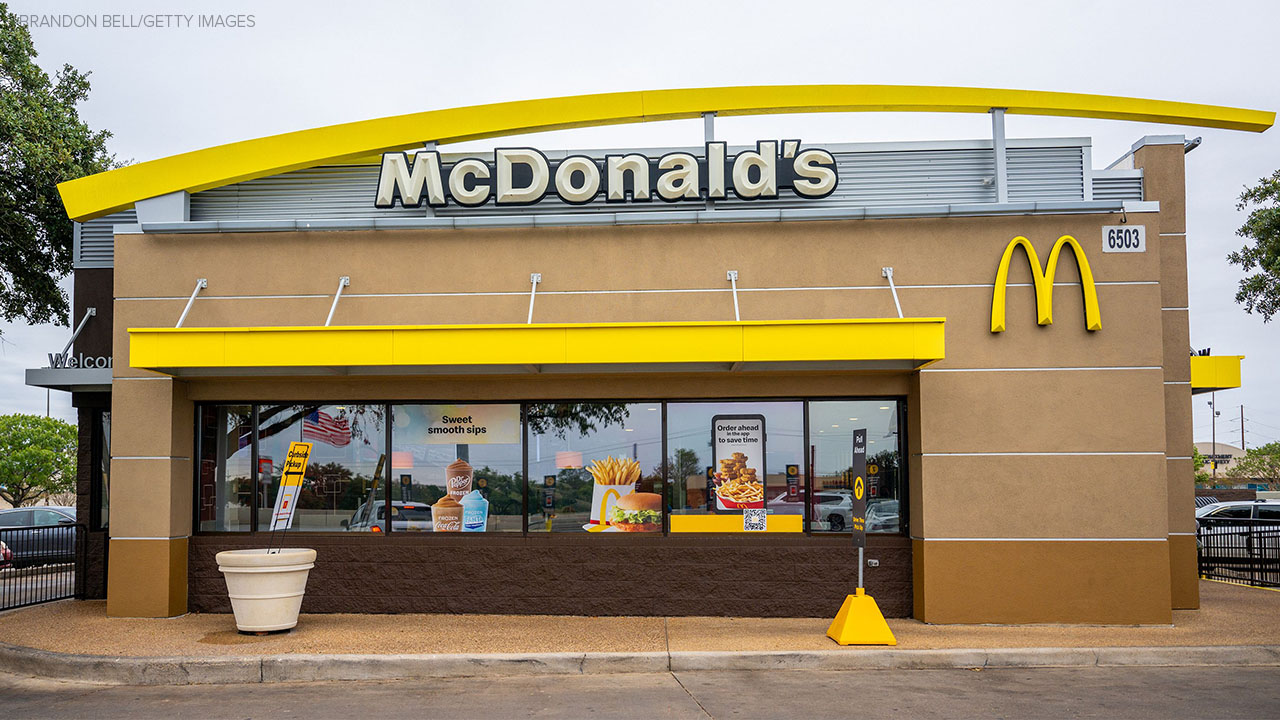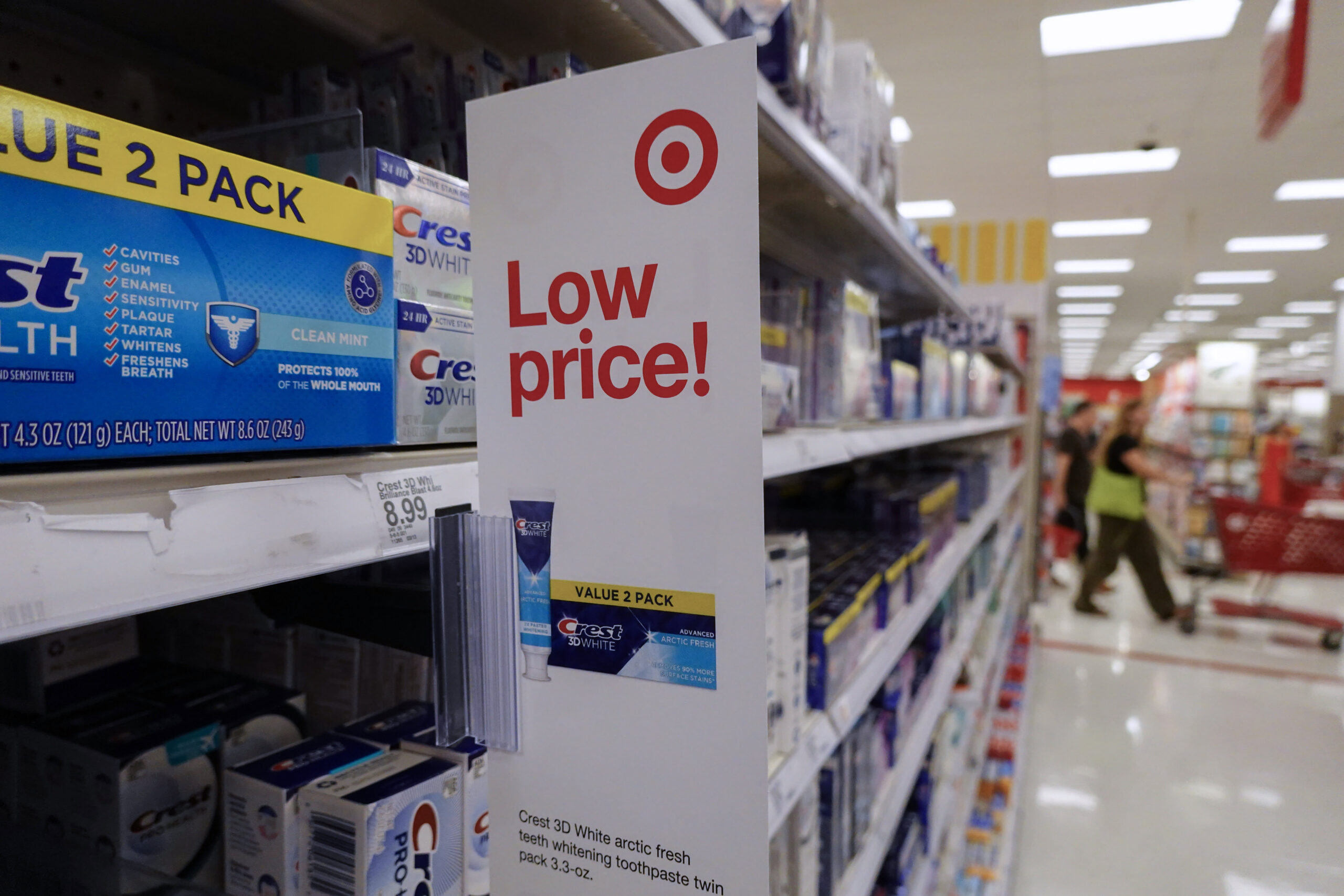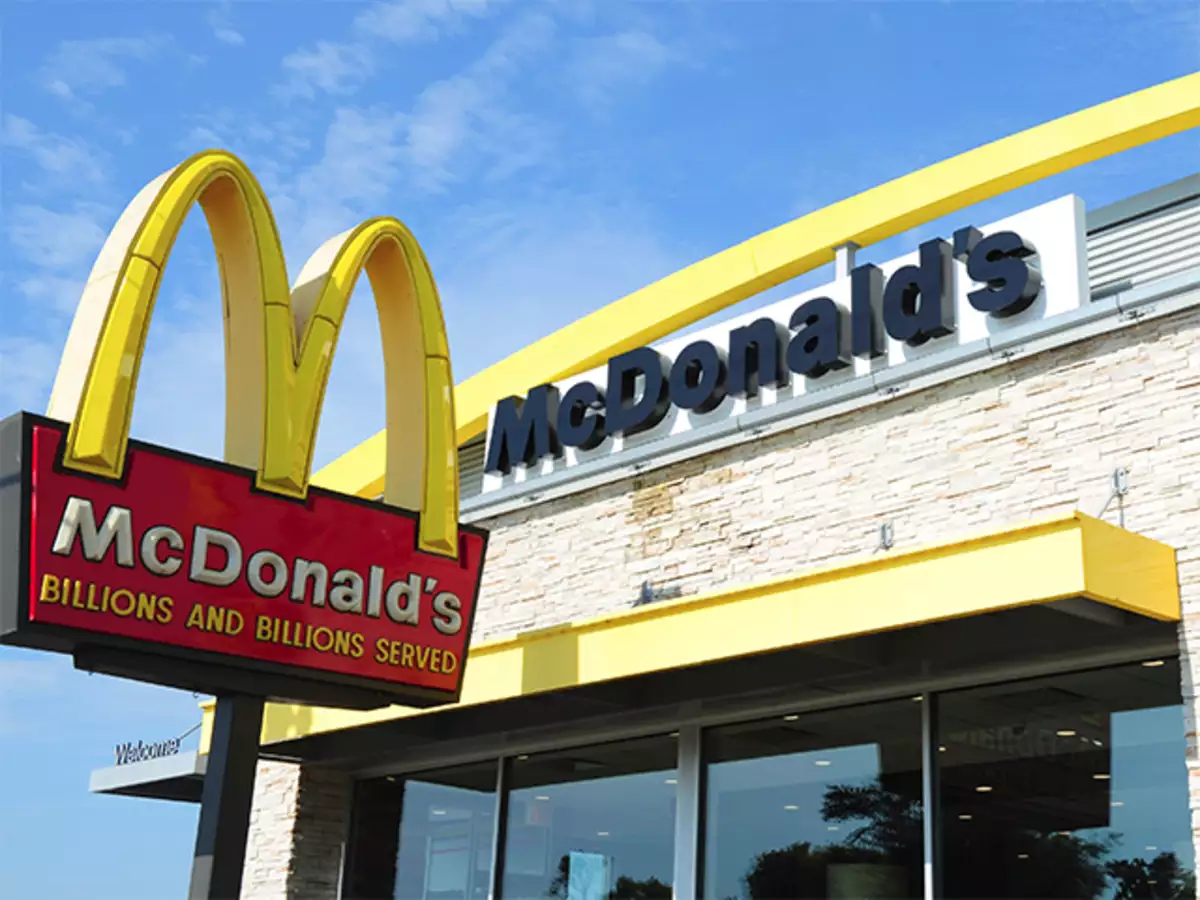As economic uncertainty continues to loom, major retailers and food giants like Target and McDonald’s are adopting aggressive pricing strategies to lure cost-conscious consumers. This shift is evident from the recent announcements by both companies, promising significant price reductions on essential items and limited-time value meals, respectively.

Bargain Hunting Becomes the Norm
Target’s disappointing first-quarter results, revealed on May 20, 2024, in Miami, Florida, have highlighted a crucial trend: American consumers are becoming increasingly selective with their spending. This heightened selectivity comes as sustained inflation, ongoing for nearly three years, tightens household budgets.
In response, Target has slashed prices on roughly 1,500 items since Monday, with plans to further reduce prices on thousands more throughout the summer. Essentials like milk, peanut butter, and diapers are among the discounted items, reflecting the company’s strategy to regain footing in the competitive retail market.
Competitive Responses Across the Board
Target is not alone in its pursuit of price cuts. Walmart recently reported a 45% increase in its grocery “rollbacks” — short-term price reductions on specific items — compared to last year. Furthermore, Walmart has launched a new premium grocery brand, offering most items under $5, aimed at attracting budget-sensitive shoppers.
Aldi and McDonald’s are also adjusting their strategies to better serve price-conscious customers. Earlier this month, Aldi lowered prices on over 250 items, including staple groceries and healthful snacks. McDonald’s is set to introduce a $5 value meal in late June, targeting diners experiencing sticker shock from rising fast food prices.

Economic Implications of Retail Strategies
The widespread adoption of pricing cuts across various sectors could potentially ease the burden at the checkout and influence broader economic policies. For instance, such consumer price relief might provide the Federal Reserve with the leverage to consider reducing interest rates. However, the downside to these price reductions could be a reduction in revenue, which may prompt businesses to cut costs in other areas, including labour.
During Target’s earnings call, analysts probed the timing and motives behind the price reductions, questioning whether the costs were being absorbed by the retailer or its suppliers. Christina Hennington, Target’s Chief Growth Officer, indicated that while specifics of the cost-sharing were not disclosed, the company’s vendors were aware of Target’s commitment to pass savings onto customers to boost store traffic.
Shifting Market Dynamics
The competitive tension between Target and Walmart has become particularly pronounced. While Target is experiencing a drop in sales across both discretionary and high-frequency items, Walmart has seen a 3.8% increase in transactions and a 22% surge in U.S. e-commerce sales in the latest quarter. According to John David Rainey, Walmart’s finance chief, the retailer is attracting higher-income households and those avoiding higher prices at fast food chains.

Target’s Value Strategy & Seasonal Offerings
Target’s CEO, Brian Cornell, emphasized the company’s focus on value, aiming to reassure consumers of Target’s commitment to affordability, whether shopping in-store or online. “We want to make sure America knows that Target’s a great place to shop and we have great value every time you engage,” Cornell stated.
As part of its strategy, It is also revamping its product offerings. The introduction of Dealworthy, a new private brand that launched in February, offers the lowest prices on everyday items.
This move has already garnered positive customer feedback, particularly for tech accessories like charging cables and phone cases that were previously considered overpriced. Looking ahead, Target plans to apply similar pricing strategies to seasonal items. After reevaluating last year’s popular summer products, customers can look forward to more affordable pool accessories, such as noodles, floats, and coolers.










